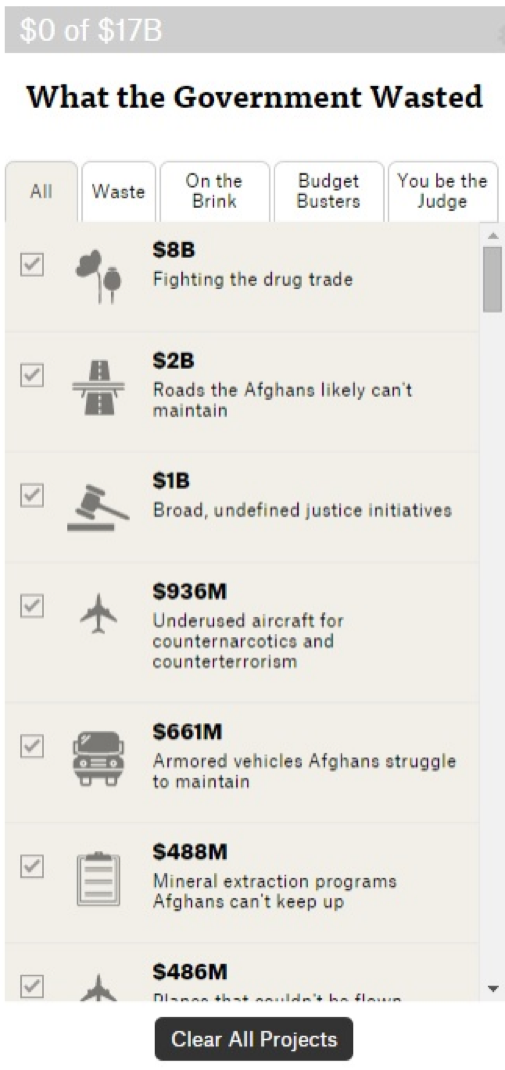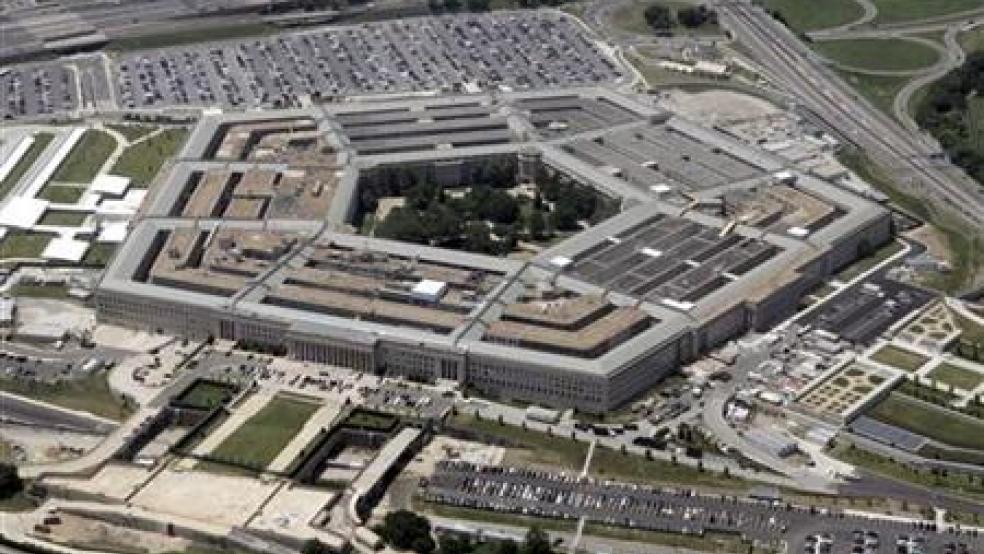From the beginning of his campaign, Donald Trump claimed the U.S. military had been “devastated” by budget cuts. He vowed to dramatically increase the defense budget to ensure that America could “start winning again.”
We now know that he plans to increase the Pentagon’s budget by $54 billion at the expense of other agencies, including the State Department, which won’t sit well with many lawmakers.
Related: Putting Trump’s ‘Historic’ $54 Billion Military Spending Boost Into Context
There’s no doubt that our military forces have declined since the U.S. actually “won” a war, at least from Trump’s point of view — and that was nine months before he was born in 1946. For the next 30 years, young men were drafted unless they were deferred, like Trump, for attending college and having bad feet.
In 1968, 3,547,902 U.S. military personnel set a record. Today, the number of military personnel is 38 percent of that level, 1,354,054. But does the country need massive numbers of fighting forces when we drop bombs from planes that have no pilots? Do we need 20th-century weapons and hardware when the priorities are cyber security and high-tech weaponry?
The Budget Control Act of 2011, which specified $917 billion of cuts over 10 years and triggered the sequester, forced the Pentagon to choose between new technology and old war machinery. In an outright act of defiance, Secretary of the Navy Ray Mabus simply refused to include the $17 billion in cuts over five years ordered by his boss, Defense Secretary Ash Carter.
Mabus and peers know how to fight for their turf. He might have thought if the Air Force can spend a trillion dollars on a plane that is still not fully operational – the notorious F-35 – why should the Navy hold back on its littoral combat ships, even though the $21 billion program has engineering design flaws?
Related: From Strip Clubs to Combat Ships, McCain Blasts $13 Billion in Pentagon Waste
So, should Trump give the Pentagon the money it lost due to the sequester? Here are 10 reasons to say no.
They Can't Balance Their Books?
1. We have no idea how the Pentagon spent more than $8.5 trillion since 1996 because they still can't properly submit to an audit. Congress passed a law in 2009 requiring the Defense Department to be audited this year. But a Reuters investigation found that the Pentagon uses moribund accounting systems that are completely incompatible with modern accounting practices and computing. If you don’t want anyone to see what you’re doing, make sure they can’t look.
2. The Army needs remedial courses in basic math. The Army actually presented their books to the Inspector General last year for an audit. The result was not encouraging: The IG found $2.8 trillion of accounting mistakes and many missing receipts and invoices to support the figures.
3. There is a backlog of more than half a trillion dollars in unaudited contracts with outside vendors — and nobody knows how much of that money paid for actual goods and services. The sloppiness of the Pentagon’s procurement systems is such that almost anyone inside or outside could rip them off and they probably wouldn’t know it.
Cooking the Books and Outright Fraud
4. Looks like the Pentagon will lie or cheat to keep the money flowing. The Pentagon buried an internal study that exposed $125 billion in administrative waste in its business operations fearing Congress would use the findings as an excuse to slash the defense budget, according to a report in The Washington Post.
5. Here’s a doozy, again from the Reuters investigation: “Bookkeepers insert phony numbers in the U.S. Department of Defense’s accounts. The secretary of defense's office and the heads of the military and Defense Finance and Accounting Service have for years knowingly signed off on false entries. ‘I don't think they're lying and cheating and stealing necessarily, but it's not the right thing to do,’ Pentagon Comptroller Robert Hale told Reuters. ‘We've got to fix the processes, so we don't have to do that.’” Whoa—so we don’t have to do that?
Related: Conflicting Signals on How Trump Will Pay for His $54 Billion Military Buildup
That’s Not My Job
6. Who cares if we waste $33 billion? The Defense Department could save itself a cool $33 billion if Pentagon leaders took a firmer hand with wasteful programs and imposed some basic budget discipline, according to the Center for International Policy. Among the examples:
- $150 million for luxurious private villas for contractors in Afghanistan
- $720 million in late fees for leased shipping containers
- $468 million for C-27A transport aircraft in Afghanistan that had to be scrapped
- $857 million on excess parts and supplies
- $49 million on sports advertising
- $1 billion to get rid of $16 billion of outdated munitions, which may have been useable
7. The Pentagon may be learning disabled. A yearlong ProPublica investigation into Afghanistan reconstruction that found a widespread failure to apply lessons from Iraq was in part to blame for upwards of $17 billion in waste. One of the best was a $43 million natural gas station that's unsafe to use.

Incompetence
8. The Pentagon sucks at missile systems: It spent $40 billion over a decade on the Ground-based Midcourse Defense (GMD) domestic missile defense system that has repeatedly failed the most rudimentary tests of its effectiveness in shooting enemy missiles out of the sky. A few years earlier, an investigation by the Los Angeles Times concluded that the $2.2 billion Sea Based X-Band Radar, which is responsible for spotting enemy missiles, doesn’t work and is essentially nothing more than an enormous waste of tax dollars that has left the U.S. vulnerable to attack.
9. The Pentagon doesn’t know how to take inventory of its stores of weapons ammunitions and supplies. When they run out of anything, they simply buy more and keep stuff that even your grandfather wouldn’t sell on eBay.
The Defense Budget Is Already Huge
10. We spend more than Russia, China, and five other major countries together.







